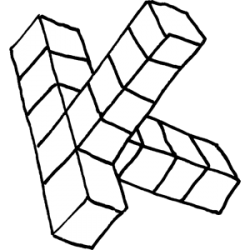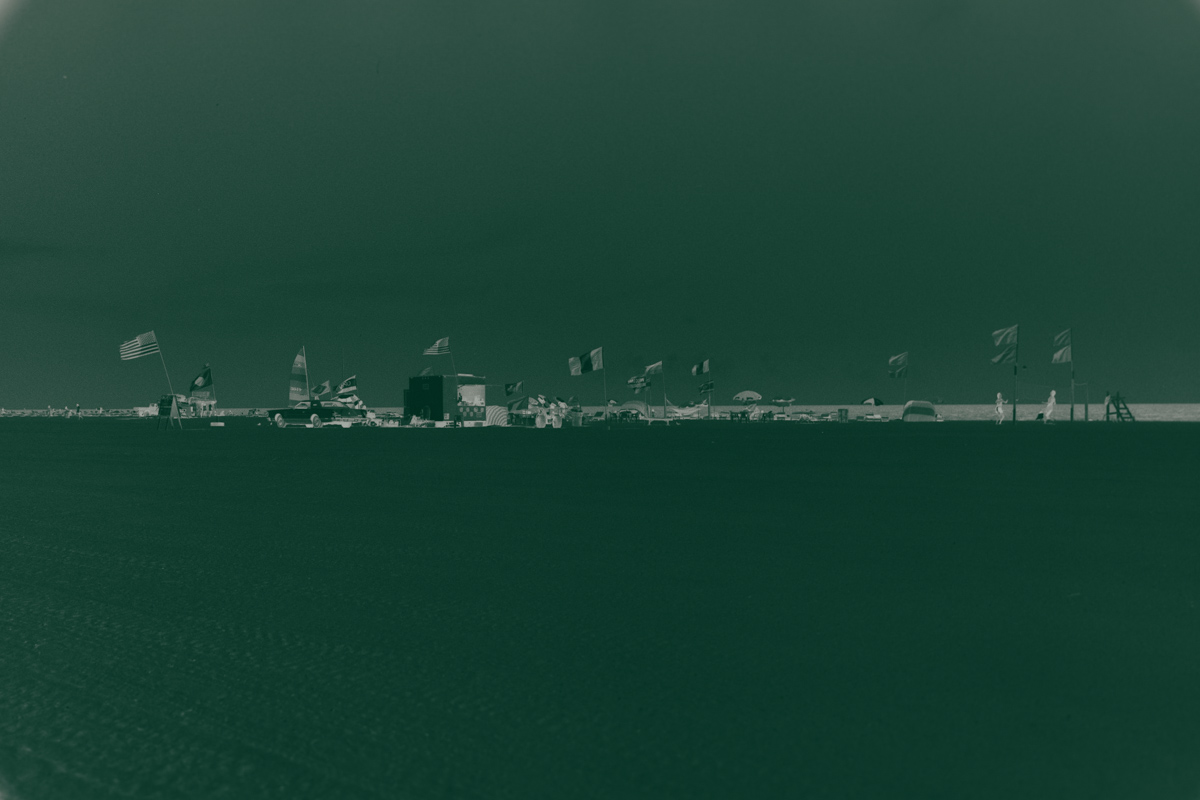There are two ways to build an interactive documentary with Korsakow. One way I would like to call the “causal method”, it consists of planning, presetting, trying to determine what the viewer should experience when watching. The other way I would like to call the “Korsakow method”, because it describes the original motivation that led to Korsakow.
Building a Korsakow film according to the Korsakow method is an experiment, and as with any good experiment, it is open-ended. That is, at most a starting point is defined, a theme that possibly points in a direction, but not a goal, a result, a statement.
Although it is possible to build films with Korsakow according to the causal method, I think it is pointless, because any other medium, any other format can be used for it. Korsakow, on the other hand, allows the “Korsakow method” – a different approach that few cinematic tools even allow. It is a radically open narrative, a cinematic reflection that can always reveal new references and that turns the author into a spectator, a viewer of his or her own thoughts, and the spectator into an author who can discover and uncover references that were perhaps never planned in this way and possibly previously undiscovered.
Formally, these two types cannot be easily distinguished. A film made according to the Korsakow method may look like a Korsakow film made according to the causal method. The differences are rooted in the attitude, in the approach of the author, and at best can be felt by its audience. What is the message of a particular Korsakow film? If a clear answer can be given to this question, it is certainly a film made according to the “causal method”. The Korsakow method does not lead to a clear result, revealing cause and effect, good or bad, culprit or hero. The clarity of a film made according to the Korsakow method is to afford the realization that this seemingly clear division just does not exist. In this sense, the Korsakow method is radical. There is no good, there is no evil. Korsakow dissolves categories and for this reason is incomprehensible, even unbearable for some.



